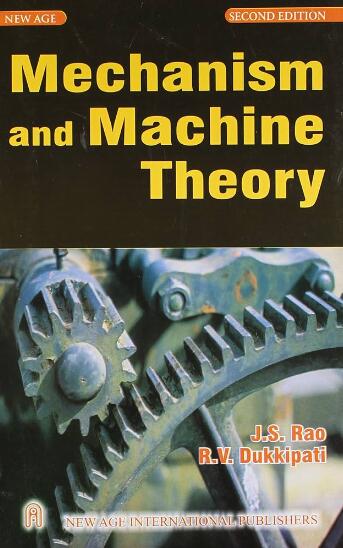Design of an Adjustable Constant Force Mechanism Based on Integrated Magnet-beam Structures and an Adjustable Lever Mechanism
IF 4.5
1区 工程技术
Q1 ENGINEERING, MECHANICAL
引用次数: 0
Abstract
This paper presents a novel adjustable constant force mechanism (CFM) based on integrated magnet-beam structures and an adjustable lever mechanism. Different from the designs based on the linear stiffness combination method, the proposed CFM is designed via nonlinear stiffness combination, where attractive magnets are used to generate full-stroke nonlinear negative stiffness, and spline-shaped beams are optimized to provide nonlinear positive stiffness. This enables the generation of full-stroke zero stiffness (i.e., constant force), thereby increasing the constant force region. Moreover, the nonlinear stiffness characteristic also enables force fluctuation compensation by adjusting the initial gap between magnets, ensuring a constant output force even in the presence of manufacturing errors. Additionally, by adjusting the lever ratio of the lever mechanism, the constant force magnitude can be adjusted to adapt to different applications. The working principle and mechanical design of the proposed adjustable CFM are introduced. The static model of the spline-shaped beam is developed, and an optimization study is conducted for parameter determination. Finally, a prototype is fabricated and experiments are carried out to verify the effectiveness of the proposed design.
基于集成磁梁结构和可调杠杆机构的可调恒力机构设计
提出了一种基于集成磁梁结构和可调杠杆机构的新型可调恒力机构。与基于线性刚度组合方法的设计不同,本文提出的CFM采用非线性刚度组合设计,利用吸引磁体产生全行程非线性负刚度,优化样条梁提供非线性正刚度。这使得产生全行程零刚度(即恒定力),从而增加恒定力区域。此外,非线性刚度特性还可以通过调整磁体之间的初始间隙来补偿力波动,确保即使在存在制造误差的情况下也能保持恒定的输出力。另外,通过调节杠杆机构的杠杆比率,可以调节恒力的大小,以适应不同的应用。介绍了所提出的可调CFM的工作原理和机械设计。建立了花键梁的静力模型,并进行了参数确定的优化研究。最后,制作了样机并进行了实验,验证了所提设计的有效性。
本文章由计算机程序翻译,如有差异,请以英文原文为准。
求助全文
约1分钟内获得全文
求助全文
来源期刊

Mechanism and Machine Theory
工程技术-工程:机械
CiteScore
9.90
自引率
23.10%
发文量
450
审稿时长
20 days
期刊介绍:
Mechanism and Machine Theory provides a medium of communication between engineers and scientists engaged in research and development within the fields of knowledge embraced by IFToMM, the International Federation for the Promotion of Mechanism and Machine Science, therefore affiliated with IFToMM as its official research journal.
The main topics are:
Design Theory and Methodology;
Haptics and Human-Machine-Interfaces;
Robotics, Mechatronics and Micro-Machines;
Mechanisms, Mechanical Transmissions and Machines;
Kinematics, Dynamics, and Control of Mechanical Systems;
Applications to Bioengineering and Molecular Chemistry
 求助内容:
求助内容: 应助结果提醒方式:
应助结果提醒方式:


